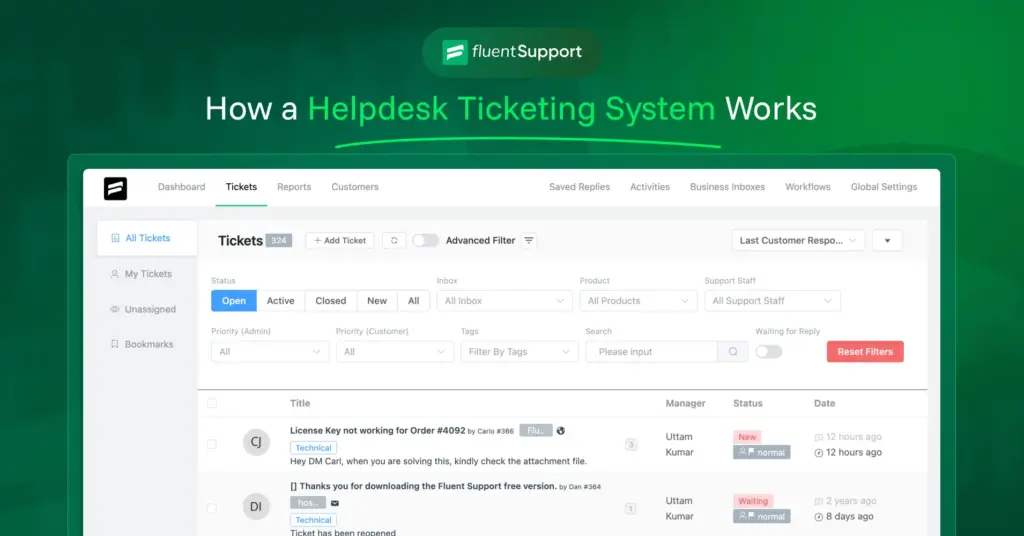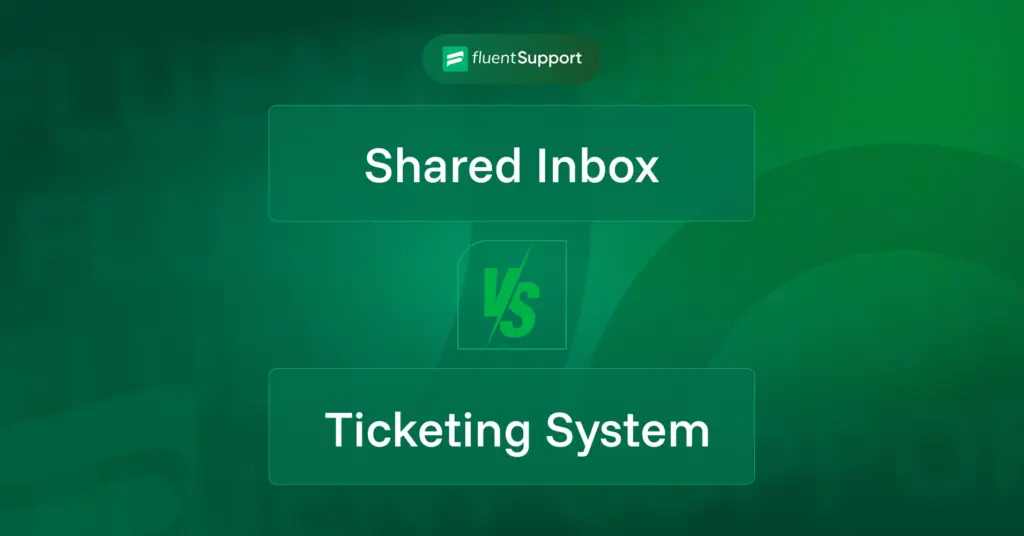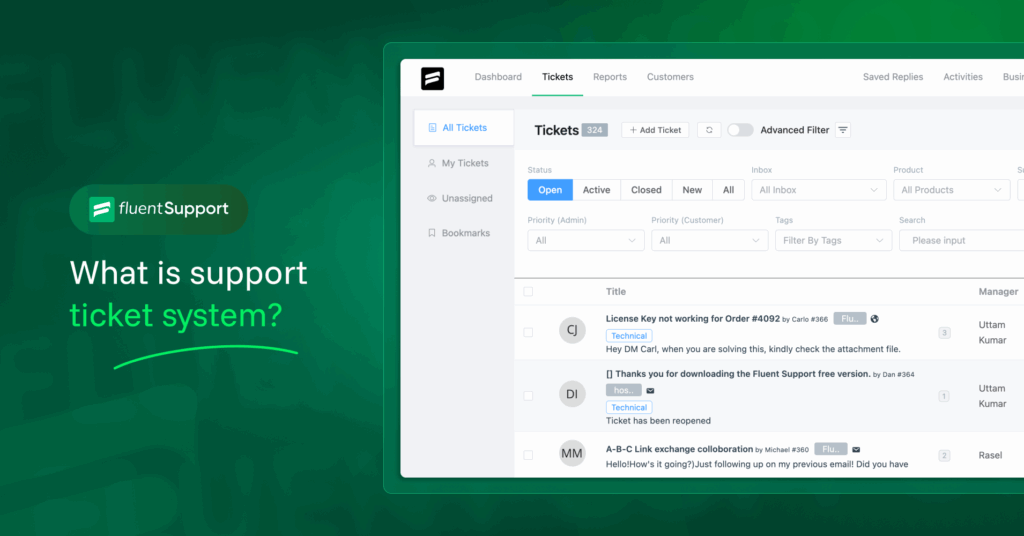
7 Highly Effective SaaS Marketing Principles
By Uttam Kumar Dash
July 10, 2024
Last Modified: July 10, 2024
In the SaaS industry, having a strong marketing strategy isn’t just helpful; it’s a must. SaaS companies have special challenges and chances that need a focused and smart approach to marketing.
You need to know your audience, use social proof, and spend on paid ads. Each of these things is important. For example, making good stories, getting more customers, and keeping them happy are key parts of a great strategy.
So, today, we’ll look at some of the most essential SaaS marketing strategies. You’ll learn about key basics like customer segmentation, content optimization, email campaigns, and more.
Why does SaaS marketing matter?
SaaS (Software-as-a-Service) products usually use subscription-based models. This means they need to keep customers interested and coming back. Good marketing strategies can help get new users, keep current users from leaving, and help the business grow in a competitive market.
So, whether you’re launching a new SaaS product or improving your current marketing strategies, this blog can help you in the long run.
1. Understand your target audience
For SaaS marketing, you first need to know your audience. This helps you customize your messages and build strategies to connect with your ideal customers.
By learning who your audience is, what they need, and how they behave, you can improve your marketing and increase your chances of success. Here are some key points to know your target customer:
Key points
Here are the key points to analyze and understand your target customer:
- Conduct market research: It’s important to gather information about the market, like its size, growth trends, and competition. Use market research tools, industry reports, and competitor analysis to understand how the market works and find opportunities.
- Develop buyer personas: Make fictional profiles of your ideal customers based on real data and guess their demographics, behaviors, motivations, and goals. Conduct interviews and surveys, and use customer data to create detailed personas for different segments of your target audience.
- Utilize customer feedback: Use surveys, feedback forms, social media interactions, and analytics tools to collect and analyze customer feedback. Use this feedback to improve product features, enhance the user experience, and align your marketing strategies with customer needs.
Formula
Customer Segmentation = Total Market / Identifiable Segments
This formula helps quantify the potential market segments based on identifiable characteristics such as demographics, behaviors, and needs.
Example
Here’s an example of how a company successfully targeted its market:
Slack
- At first, they targeted teams and workplaces that needed better communication and collaboration tools.
- By understanding what teams needed for communication, Slack customized its messaging and product features to solve specific problems. This led to rapid adoption.
Tools
Here are some fundamental tools that can help with customer segmentation and understanding market dynamics:
- BrewSurvey: BrewSurvey enables data and feedback collection via mobile forms, accessible from anywhere, including offline environments.
- Google Analytics: Google Analytics is a popular data analytics tool to understand website traffic, user behavior, and demographic information, helping in market research and customer segmentation.
2. Craft compelling value propositions
A compelling value proposition is crucial for SaaS marketing. It sets your product apart from competitors and clearly shows its unique benefits to potential customers. It explains why your SaaS solution is valuable and the best choice for your target audience.
Key points
Here are the key points to craft a compelling value proposition:
- Highlight Unique Benefits: Clearly explain the special advantages and features of your product. Point out what makes your product different from others and how it solves problems better than other options.
- Address Customer Pain Points: Focus on the specific challenges and problems your target audience faces. Show how your SaaS product fixes these issues and makes their work easier.
- Connect with Customer Needs: Make sure your message matches your target customers’ needs. Highlight benefits that directly address their goals and needs, making your value proposition compelling and relevant.
Formula
Value Proposition = Customer Gains − Customer Pains
This framework helps map out the benefits your customers gain from using your product versus the pains it relieves, providing a structured approach to crafting a compelling value proposition.
Example
Example of a company with a strong value proposition:
Dropbox
- Value Proposition: “Your files, anywhere.”
- Dropbox communicates the convenience and accessibility of its cloud storage solution. It addresses the problems of file management across devices.
Tools
Here are some tools to help with creating a value proposition:
- Value Proposition Canvas: Value Proposition Canvas helps visualize and refine your value proposition by calculating customer gains and pains.
- Trello: Trello is a useful tool for collaborative brainstorming and organizing ideas during value proposition development.
3. Leverage content marketing
Content marketing is another key factor for SaaS marketing. It helps educate your audience, show authority in your industry, and bring organic traffic to your SaaS product.
By creating valuable content that addresses your audience’s interests and challenges, you can build trust and get more leads.
Key points
Here are the main things to know about leveraging content marketing:
- Create valuable content: Make high-quality content like blogs, whitepapers, and case studies. These offer solutions and tips that help your audience. Show how your SaaS product solves their problems.
- Optimize for SEO: Improve your content’s visibility in search engines by using keywords and meta tags. This helps people find your content easily when searching online.
- Use different formats: Appeal to different audience preferences. For example, videos, infographics, podcasts, and webinars. Adjust your content to fit how people like to learn.
Formula
Content ROI = (Cost of Content Creation / Sales from Content) × 100
Measure how effective your content marketing is by seeing how much money you make from sales. Compare it to what you spent on creating the content.
Example
Example of a company with good content marketing:
Content Marketing for MDM Solutions
- Comprehensive resources: Provides lots of info about Mobile Device Management (MDM) solutions. For example, detailed articles about managing Android devices give best practices for managing devices effectively.
- How-to guides and case studies: Shows practical uses of Samsung Knox. Guides and case studies explain its advanced security features, making devices safer.
Tools
Here are some tools to help with content marketing:
- WordPress: WordPress helps create and manage content-rich websites and blogs easily.
- SEMrush: SEMrush offers tools for SEO and analytics. It helps you optimize content for search engines, find keywords, and track how well your content is doing.
4. Implement effective email marketing
Email marketing plays a crucial role in successful SaaS marketing strategies. Nurture leads, announce new features, and boost customer retention by delivering targeted content directly to your audience’s inbox.
Key points
Here are the main things to know about implementing effective email marketing:
- Personalize campaigns: Tailor your emails based on demographics, behavior, or preferences. Customize content to meet specific needs and interests, enhancing relevance and engagement.
- Automate workflows: Use email marketing automation tool to send triggered emails based on user actions like sign-ups or purchases. Automate follow-up emails to guide leads through the sales process.
- Measure performance: Monitor key metrics such as open rates, click-through rates (CTR), conversion rates, and unsubscribe rates to assess campaign effectiveness. Use insights to refine email content, timing, and customer segmentation for better results.
Formula
Email Open Rate = (Emails Opened / Emails Sent) × 100
Measure the percentage of recipients who open your email campaign, indicating how effective your subject lines and timing are.
Example
Example of a company with effective Email marketing campaigns:
Intercom
- They personalize messages based on user behavior and interaction data to send relevant and timely communications.
- This approach boosts engagement and customer satisfaction by offering personalized solutions and recommendations.
Tools
These tools can help you implement effective email marketing:
- Mailchimp: Mailchimp provides email marketing automation, segmentation, and analytics tools to manage and optimize email campaigns.
- ActiveCampaign: ActiveCampaign offers automation features, CRM integration, and personalized email marketing solutions for lead nurturing and customer retention.
5. Optimize conversion rates
Conversion Rate Optimization (CRO) is important in SaaS marketing. It focuses on increasing the percentage of website visitors who take desired actions. Example: signing up for a trial, subscribing to a service, or making a purchase.
By optimizing the customer experience on your website and refining conversion funnels, you can maximize the effectiveness of your marketing efforts and improve ROI.
Key points
Here are the key points to optimize conversion rates:
- A/B Test landing pages: Conduct A/B tests to compare different versions of landing pages, forms, or CTAs. Use insights from these tests to refine design elements, messaging, and user experience.
- Simplify user journey: Identify and eliminate friction points that may hinder users from completing necessary actions. Ensure call-to-action (CTA) buttons are prominent, compelling, and aligned with user intent to encourage conversions.
- Use data for insights: Analyze customer behavior using tools like heatmaps, session recordings, and analytics data to understand how visitors interact with your website. Build conversion funnels based on these insights to streamline user flow and improve conversion rates at each stage.
Formula
Conversion Rate = (Conversions / Total Visitors) × 100
Measure the percentage of website visitors who complete an action. For instance, signing up or making a purchase. It indicates the effectiveness of your conversion optimization efforts.
Example
A company example that optimized their conversion rate:
Unbounce
- Offers A/B testing and landing page optimization tools to create and test high-converting landing pages without IT assistance.
- Enables marketers to quickly iterate and optimize landing pages based on performance data.
Tools
Tools that can assist in optimizing conversion rates:
- Optimizely: Optimizely provides A/B testing, personalization, and experimentation tools to optimize user experience and increase conversions.
- Crazy Egg: Crazzy Egg offers heatmaps, scrollmaps, and user session recordings to visualize user behavior and identify areas for improvement in conversion funnels.
6. Utilize Social Proof
Social proof is a powerful psychological phenomenon in SaaS marketing. It builds credibility and trust by showcasing positive feedback, customer experiences, and endorsements from satisfied customers or influencers.
With this, you can influence potential customers’ perceptions and encourage them to choose your SaaS product over competitors.
Key points
Some key points to utilize social proof:
- Showcase testimonials: Highlight case studies, testimonials, and quotes from satisfied customers. Demonstrate the effectiveness and benefits of your SaaS product, using real customer stories to build trust and credibility.
- Display user counts and reviews: Quantify your user base by displaying the number of users or customers. This will help you to illustrate widespread adoption and trust and feature customer reviews, and ratings.
- Leverage influencers: Partner with industry influencers, thought leaders, or celebrities who can endorse your SaaS product. Through reviews or social media posts, utilize their authority and reach to amplify your brand’s credibility and expand your audience.
Formula
Net Promoter Score (NPS) = %Promoters − %Detractors
Measure customer loyalty and satisfaction based on customers recommending your product to others. Promoters are enthusiastic advocates, while detractors are unhappy customers.
Example
A company with the best utilization of social proof:
Salesforce
- Features customer success stories, case studies, and reviews prominently on their website and marketing materials.
- Demonstrates real-world use cases and positive outcomes, enhancing credibility and trust among potential customers.
Tools
Tools that can help you to utilize social proofs:
- Trustpilot: Trustpilot is a Platform for collecting and managing customer reviews to showcase social proof and build trust.
- WP Social Ninja: WP Social Ninja is a self-hosted plugin that helps businesses integrate social proof elements. Elements such as customer testimonials, user ratings, and social media mention on their websites.
7. Investing in paid advertising
Paid advertising is a strategic component of SaaS marketing strategies that accelerates reach, hikes visibility, and drives targeted traffic to your SaaS product.
With paid ads, you can complement organic efforts, increase brand awareness, and generate qualified leads efficiently.
Key points
Here are some key things you can keep in mind about investing in paid ads:
- Target customer segmentation: Use customer data and demographics to refine customer segmentation. Target relevant audiences with precision using targeting options offered by advertising platforms.
- Retargeting strategies: Push retargeting campaigns to re-engage visitors who have previously interacted with your website or shown interest. Customize ad messages to encourage desired actions.
- Monitor and adjust: Continuously monitor key performance metrics like click-through rates (CTR), conversion rates, and return on ad spend (ROAS) using data insights. It is to optimize ad campaigns and maximize ROI through adjustments in targeting, creatives, and budget allocation.
Formula
Return on Ad Spend (ROAS) = Revenue from Ads / Cost of Ads
Measure the effectiveness of your paid advertising campaigns by calculating the ratio of revenue generated to the cost of running those ads.
Example
A company that better knows how to invest in paid marketing campaigns.
Hostinger
- Hostinger utilizes targeted ads across various platforms to effectively reach and convert potential customers.
- Drives conversions and increases brand visibility through strategic paid advertising campaigns.
Tools
Tools for starting with your paid ad campaigns.
- Google Ads: Google Ads enables you to create and manage PPC (pay-per-click) campaigns across Google’s extensive network, including search, display, and video ads.
- Facebook Ads Manager: Facebook Ads Manager is a tool for creating targeted ads on Facebook and Instagram, leveraging dark data, general user data, and interests to reach specific audiences.
Wrapping up
Customer experience shifts with evolving technology. Along with that, the principles of SaaS marketing remain firm in their ability to guide businesses toward growth and sustainability. By understanding the above-discussed key principles, you position your SaaS product for success in a crowded market.
Let these principles be your compass as you walk through the ever-evolving framework of SaaS marketing. Happy marketing!
Start off with a powerful ticketing system that delivers smooth collaboration right out of the box.












Leave a Reply